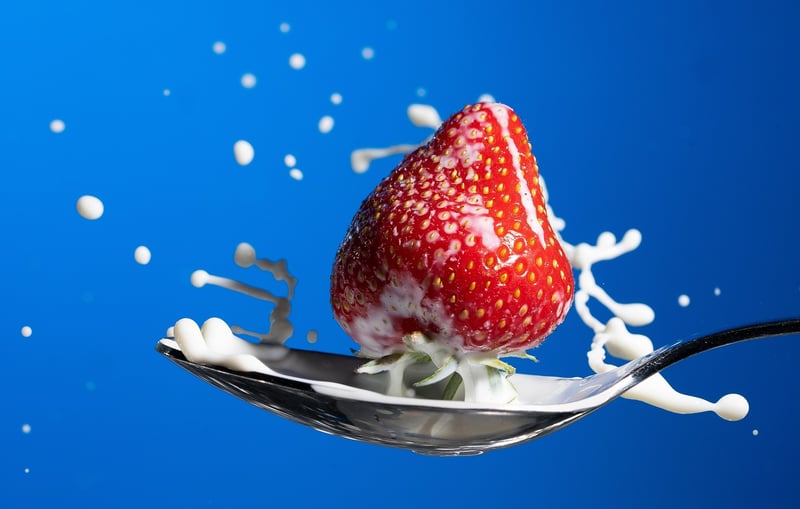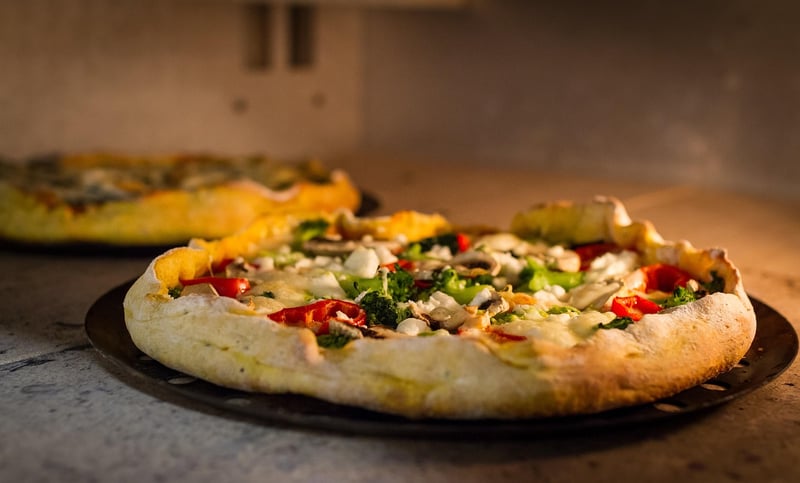Editing Essentials
Capture Your Culinary Creations + Editing Essentials
Introduction
Welcome to the world of culinary creativity! Whether you are a seasoned chef or a passionate home cook, showcasing your dishes through captivating photographs is essential in today's visually driven digital age. In this guide, we will explore how to effectively capture your culinary creations and learn about editing essentials to make your food photos truly stand out.
Capture Your Culinary Creations
Before diving into editing, let's focus on capturing stunning images of your dishes. Here are some tips to help you get started:
1. Lighting
Good lighting is key to any great photograph. Natural light is ideal for food photography as it brings out the natural colors and textures of your dishes. Avoid harsh overhead lighting and opt for soft, diffused light for a more appealing look.
2. Composition
Think about the composition of your shot. Consider angles, framing, and the placement of props to create visually appealing images. Play around with different perspectives to find the most flattering angle for your dish.
3. Props and Styling
Props and styling can enhance the overall look of your food photos. Choose props that complement your dishes and add visual interest without overwhelming the main subject. Pay attention to colors, textures, and shapes when selecting props.
4. Focus and Depth of Field
Use selective focus to draw attention to specific elements of your dish. Experiment with different depths of field to create a sense of depth and dimension in your photos. Consider using a shallow depth of field to blur the background and make your dish stand out.
Editing Essentials
Once you have captured your culinary creations, it's time to enhance them through editing. Here are some essential editing tips for food photography:
1. White Balance
Adjusting the white balance can help correct any color casts in your photos. Make sure the colors in your images appear natural and true to life by fine-tuning the white balance settings.
2. Contrast and Saturation
Enhance the visual impact of your photos by adjusting the contrast and saturation levels. Find the right balance to make your dishes pop without looking overly processed.
3. Sharpening
Sharpening can help improve the overall clarity and detail in your images. Be cautious not to over-sharpen, as it can result in an unnatural look. Use sharpening tools judiciously to enhance the sharpness of your photos.
4. Cropping and Straightening
Crop your images to improve composition and remove any distractions. Straighten horizons and lines to ensure a clean and polished look. Pay attention to the rule of thirds and other composition techniques when cropping your photos.
Conclusion
By following these tips for capturing and editing your culinary creations, you can elevate your food photography skills and create mouthwatering images that will impress your audience. Remember to practice, experiment, and have fun along the way. Happy shooting!


